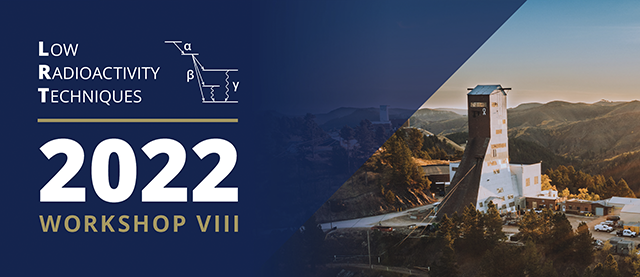Speaker
Description
Neutron-induced backgrounds are a key concern in low radioactivity experiments searching for rare events. One common source of neutrons is (α,n) reactions induced by α-particles from the radioactive isotopes present in detector materials. Since carbon-rich materials, such as plastic and epoxy, are often widely used in low-background experiments, 13C(α, n)16O could be a major source of neutrons. Precision cross-section measurements covering all relevant α-energies are sparse, so statistical model approaches such as TALYS are often used to estimate the cross-sections of (α,n) reactions. Therefore, understanding the validity and uncertainty in the TALYS-model approach is important. Using the MAJORANA DEMONSTRATOR, we analyzed 6129-keV isomeric photons emitted following 13C(α, n)16O reactions in its calibration data, which was taken on a weekly basis using line sources made of 228Th isotope encapsulated in carbon-rich materials. A useful comparison was made between the data and the prediction of 13C(α, n)16O reactions by TALYS-based software. In this talk, we will present this analysis and findings that is relevant in estimating the radiogenic neutron background for future low-background experiments.

